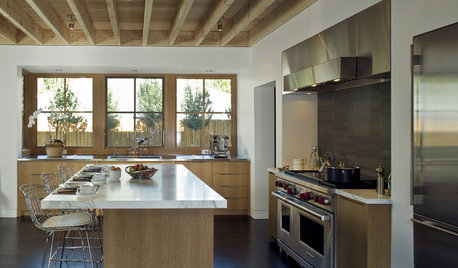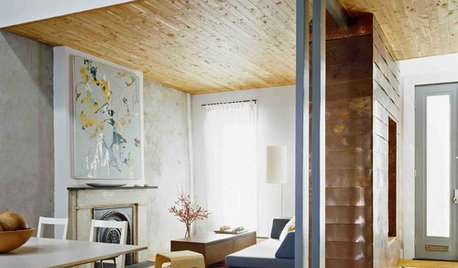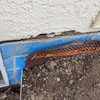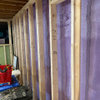Parging
laurarex
12 years ago
Related Stories

REMODELING GUIDESCool Your House (and Costs) With the Right Insulation
Insulation offers one of the best paybacks on your investment in your house. Here are some types to discuss with your contractor
Full Story
MATERIALSAn Architect Shares His Go-To Materials
Aluminum doors, porcelain tiles, polished concrete. Here are the features and finishes this professional returns to time and again
Full Story
WALL TREATMENTSLet Graphic Wallpaper Win You Over
Squiggles, zigzags, zebra stripes and paisleys: There’s a boldly patterned wallpaper print for every taste and design scheme
Full Story
CONTEMPORARY HOMESHouzz Tour: From Doghouse to Contemporary Gem
A broken-down Brooklyn row house becomes a light and innovative beauty at the hands of its architect owner
Full Story
TRADITIONAL HOMESHouzz Tour: Renovation Puts a Fresh Spin on Shingle Style
An outdated ranch is transformed into a family-friendly home ready for entertaining on the Maine coast
Full Story








mainegrower
laurarexOriginal Author
Related Professionals
Athens General Contractors · Evans General Contractors · Groton General Contractors · Maple Heights General Contractors · Nashua General Contractors · Olney General Contractors · Rolling Hills Estates General Contractors · Warrenville General Contractors · Westerly General Contractors · Baton Rouge Architects & Building Designers · Palos Verdes Estates Architects & Building Designers · Alpine Flooring Contractors · Cleveland Flooring Contractors · Pittsburgh Flooring Contractors · Raleigh Flooring Contractorsworthy
laurarexOriginal Author
worthy
poppasmurf302
GN Builders L.L.C
Milly Rey